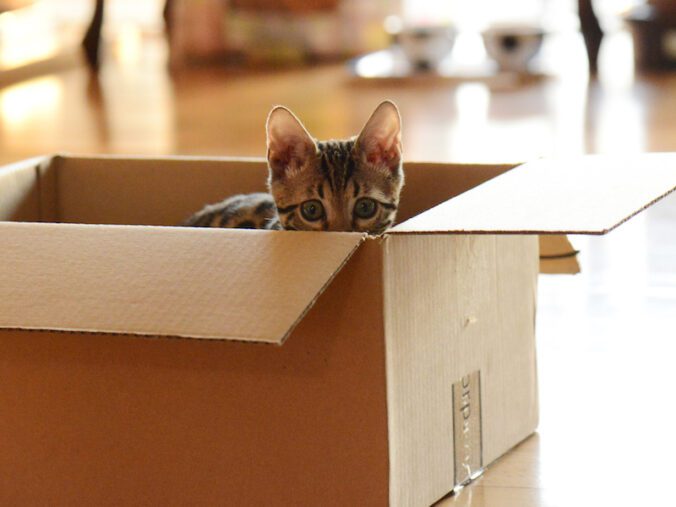Most cats are not big fans of change. If they could choose, they would prefer to stay where it is already convenient for them and not move anywhere. But at some point in their lives, most cats have to move to a new location. By making the move as comfortable as possible for your pet, you will get rid of excessive meowing, hiding, escape attempts or aggression of the animal.
Moving a cat with https://www.flashmoving.net/long-distance-movers/boston-new-york-moving/ to a new address includes three main aspects: preliminary preparation, the move itself, and settling in a new apartment or house. The third section is most important if you are just trying to integrate a new cat into an existing family.
Preparation
Let the cat get used to the transport basket. Leave the basket open next to the cat, with a comfortable sleeping mat inside. Leave a couple of cat treats there occasionally so your cat can find them on her own. Start feeding your cat in a basket. If your cat is reluctant to enter the carrier to eat, start by simply placing your dish next to her. After a few days, put the dish right inside the basket.
Have your moving boxes next to you a couple of weeks before you need to start packing so your cat has time to get used to their presence. If your cat is nervous while packing, it’s probably best to close her in another room, away from the activity and noise. It’s also a good idea to confine your cat if you think she might try to hide in one of the boxes.
Before moving in, try to keep your cat’s daily routine as stable as possible. Stick to a regular schedule for feeding, play and attention.
If your cat is very shy or nervous, talk to your veterinarian about using an anti-anxiety medication to ease the moving process.
moving
To prevent your cat from running out the door during the move, lock it in the bathroom with food, water, a bed, and a litter tray. Place a sign on the door asking the movers to leave the door closed.
Feed your cat a very small breakfast on moving day to reduce stomach upset.
During transportation, do not open the basket to calm the cat. A frightened animal may try to escape. Open the carrier only in a safe place and when absolutely necessary.
Take a toilet roll with you in case the carrier needs emergency repairs along the way.
Settling into a new house
Take your cat immediately to a room that will remain relatively quiet. Before you open the basket, place your cat’s saucer, tray, and mat on which to sleep. Place the food dish in various places in the room to encourage your cat to explore.
Keep your cat in this “home” room for the first few days in a new home. This will allow her to gradually get used to the sounds and smells of her new home without feeling overwhelmed. Having your cat in the same room will also make it easier for her to find a litter box, food, and water.
Spend time with your cat in your home room, doing low-key activities like reading or watching TV first. When she starts to explore, invite your cat to play or pet her.
When you’re done unpacking after moving in, gradually give your cat access to the rest of the house or apartment, one room at a time. If it is not possible to close the doors to restrict access, keep a close eye on your cat during short exploration sessions.
Put the second tray in the place where you want to keep it forever. Keep the first tray in your home room for at least a few weeks. Once your cat is used to it, you can remove this box. Alternatively, you can leave out the second tray, but gradually move the first one to your preferred location.
